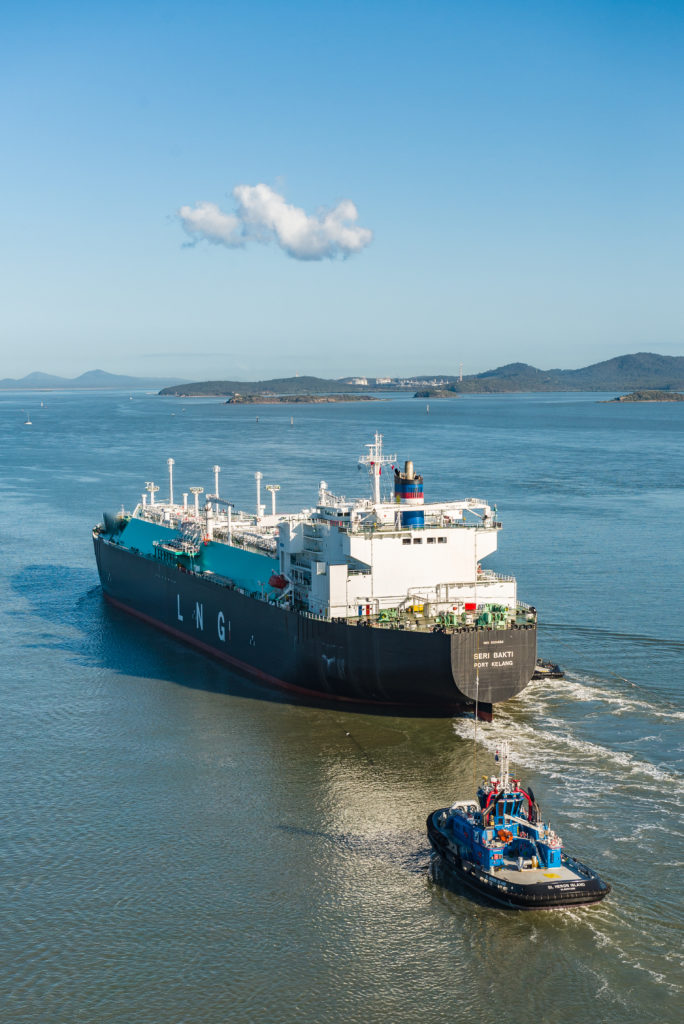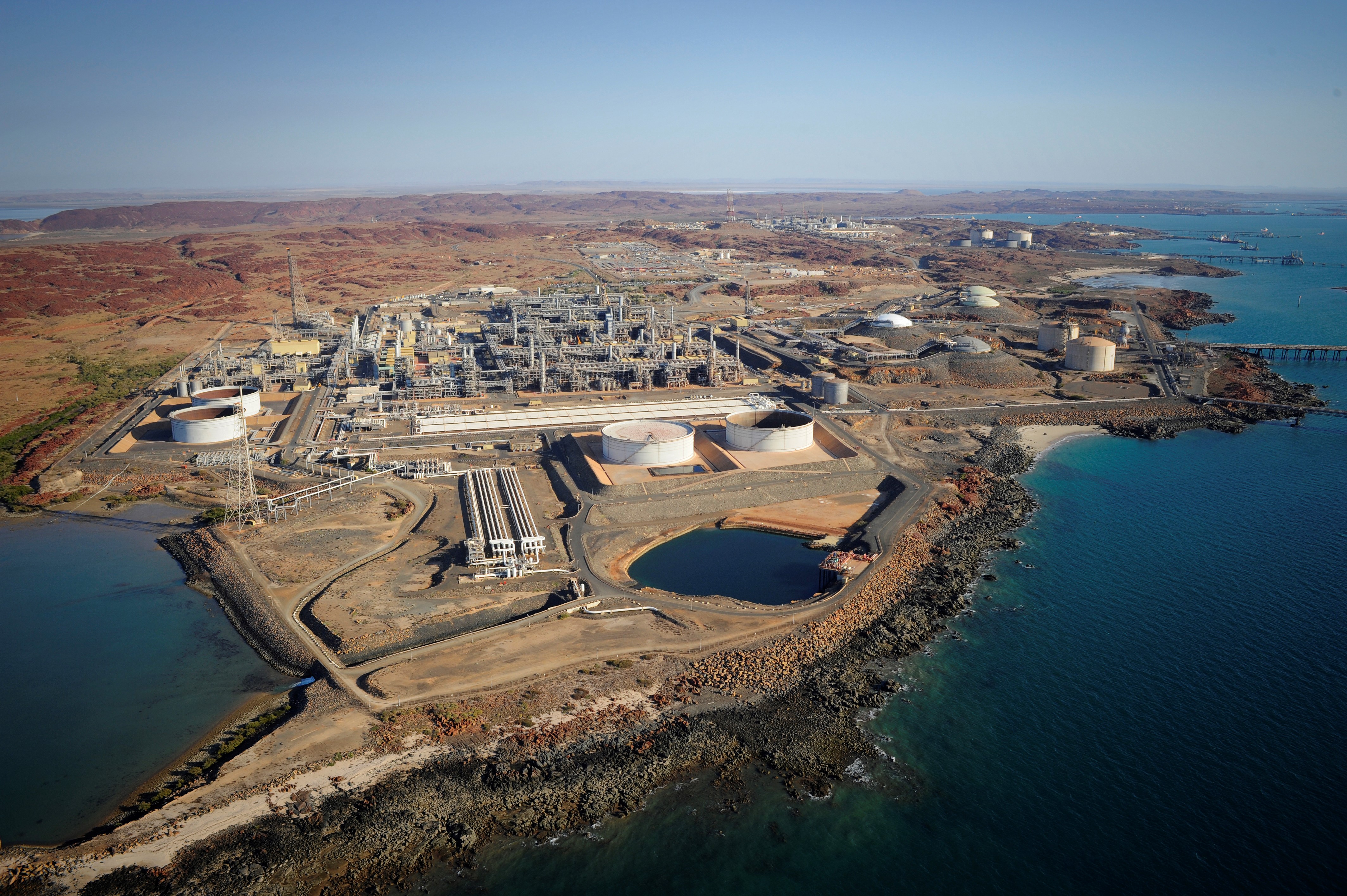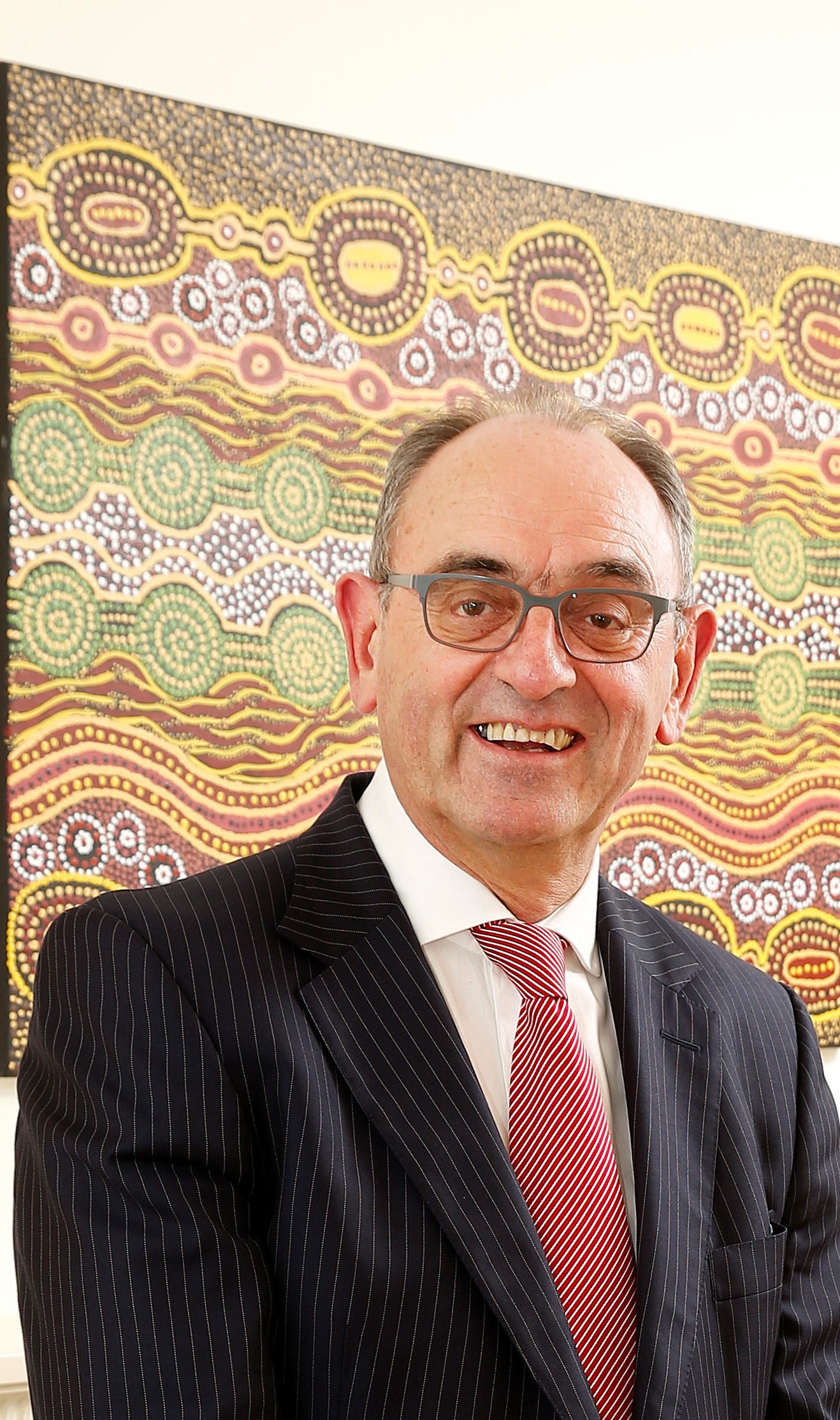Exports of liquefied natural gas (LNG) from Australia hit a record high of 56.8 million tons in 2017, a 26.3 percent spike from 44.9Mt in the corresponding previous year.
The increase in LNG cargoes, combined with recovering oil prices, boosted Australia’s 2017 LNG export revenue by 44.1% to $20.51 billion, according to the December LNG report from energy consultancy, EnergyQuest.
EnergyQuest CEO, Dr Graeme Bethune, said 2017 was a watershed year with growth demand from China driving historic highs as total Australian LNG exports to China increased by 40.5% from 12.4Mt to 17.5Mt over the period.
“China is now Australia’s second-largest LNG market and Australia is China’s biggest LNG supplier,” Dr Bethune said.
“Increased Chinese demand is not only good for Australian LNG producers and our export revenue, but has an emerging positive impact for China’s environment. China is making a massive switch from coal to gas to reduce air pollution in major cities such as Beijing – and now Australian LNG is playing a significant role in achieving this goal,” Dr Bethune added.
LNG leapt in the pecking order from Australia’s fifth biggest export in 2016 to its third largest in 2017, overtaking gold and education.
“To put $20.51 billion of export revenue in perspective, this is more than the cost of Australia’s imports of passenger vehicles, which was $17.33 billion in 2016-17. Passenger vehicles are Australia’s second biggest import cost,” Dr Bethune said.
EnergyQuest said Australia was now the world’s second biggest LNG exporter by a some margin and was fast catching Qatar as the No.1 global exporter. The increase in exports was primarily driven by higher shipments from the Chevron-led Gorgon project and the APLNG project, located at Barrow Island off the north-west coast and Gladstone on the east coast respectively.
The Woodside led North-West Shelf remains the largest LNG producer but Gorgon has rapidly increased production in second place.
Japan remains the largest importer of Australian LNG, importing 26.7Mt in 2017, up by 18.1% from 2016 and Australia is Japan’s largest LNG supplier.
Exports to Korea also increased significantly in 2017. Korea is Australia’s third-largest market and Australia is Korea’s second largest LNG supplier after Qatar. Two-thirds of exports to China and nearly two-thirds of exports to Korea originate from one of the three coal-seam to LNG plants at Gladstone in Queensland.
West coast LNG projects shipped 3.3Mt in December, down from 3.5Mt in November. The Chevron-led LNG plant at Wheatstone did not ship any cargoes in December and only one cargo in the first week of January this year.
East coast LNG exports hit a record 2.0Mt in December, up from the 1.7Mt average over recent months.



